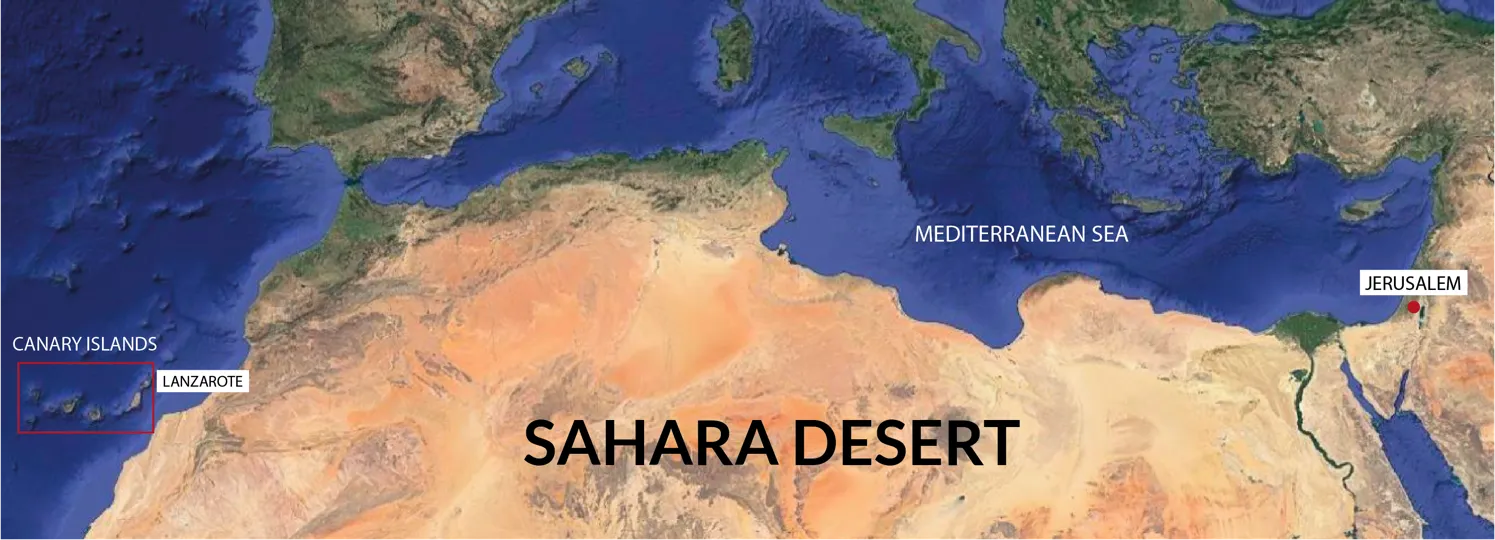Found 768 results
Open Access
Review
14 October 2024Sex and Gender Differences in Liver Fibrosis: Pathomechanisms and Clinical Outcomes
The accumulation of extracellular matrix proteins is the hallmark of liver fibrosis associated with all chronic liver disease (CLD) types. Liver fibrosis results from repeated bouts of liver injury, which trigger the wound-healing response, ultimately disrupting the normal hepatic architecture. Over time, fibrosis can progress to cirrhosis, portal hypertension, liver failure, and hepatocellular carcinoma, worsening patient outcomes. Biological modifiers, such as sex and socio-cultural constructs like gender, influence the development of liver fibrosis through various genetic, hormonal, immunological, metabolic, and lifestyle-related factors, including alcohol consumption, diet, sedentary behavior, and hormonal therapy. Moreover, liver fibrosis is significantly modulated by age, reproductive status, and the etiology of CLD. This review aims to summarize the most well-characterized pathomechanisms underlying sex and gender differences in hepatic fibrogenesis as well as liver-related complications (cirrhosis, portal hypertension, hepatic encephalopathy, liver failure, and hepatocellular carcinoma) and extra-hepatic correlates of liver fibrosis (sarcopenia, cardiovascular disease, diabetes, chronic kidney disease, and dementia) across various types of CLD due to viral-related, autoimmune, drug-induced and metabolic etiologies. Understanding these disease modifiers and their mechanisms is crucial for developing innovative treatment strategies and precision medicine approaches in this field.

Open Access
Review
14 October 2024Photocatalytic Antifouling Coating: From Fundamentals to Applications
With the rapid development of shipping industry, marine vessels frequently suffer from biofouling caused by marine organisms, making the effective prevention of marine biofouling a critical issue. Traditional antifouling coatings, which utilize toxic and harmful substances, pose significant risks to marine ecosystems. Therefore, the development of environmentally sustainable antifouling coatings has become imperative. Photocatalytic antifouling coatings, as an eco-friendly alternative, present a promising solution to these economic, energy, and ecological challenges. This review compares the environmental benefits of photocatalytic antifouling coatings to traditional ones, highlighting the underlying mechanisms of marine biofouling. Additionally, it explores the preparation techniques employed in photocatalytic antifoulant, analyzing the advantages, disadvantages, and potential modifications for photocatalytic coatings. Based on these insights, the future development of photocatalytic antifouling coatings is discussed, aiming to provide valuable references for the exploration of more efficient, broad-spectrum, energy-saving, environmentally friendly, and cost-effective marine antifouling technologies.

Open Access
Review
14 October 2024Characterization, Exploitation and Application of Tibetan Microcrystalline Magnesite
This paper provides a comprehensive account of the properties, development and extensive utilisation of Tibetan microcrystalline magnesite in industry. Tibetan microcrystalline magnesite has become a significant raw material for refractories, high-temperature insulating materials and magnesium chemical materials due to its high purity, low impurity content (mainly Si and Fe elements) and micrometre-sized crystallisation size (2~4 μm). The article presents a detailed analysis of the microstructure of Tibetan microcrystalline magnesite, its thermal decomposition behaviour and the key technologies employed in preparing high-purity magnesium oxide and sintered magnesia through light burning and electrofusion processes. Furthermore, this paper examines the potential applications of Tibetan microcrystalline magnesite in producing high-performance magnesium materials, including activated magnesium oxide, nano-magnesium oxide, and magnesium hydroxide, which are extensively utilized in environmental protection and high-temperature technology. It is demonstrated that the performance of Tibetan microcrystalline magnesite products can be markedly enhanced by optimising the process parameters and modification techniques, thereby further expanding their application prospects in industrial fields. This review offers a theoretical foundation and technical support for effectively utilising Tibetan microcrystalline magnesite, which possesses significant industrial application value and potential.
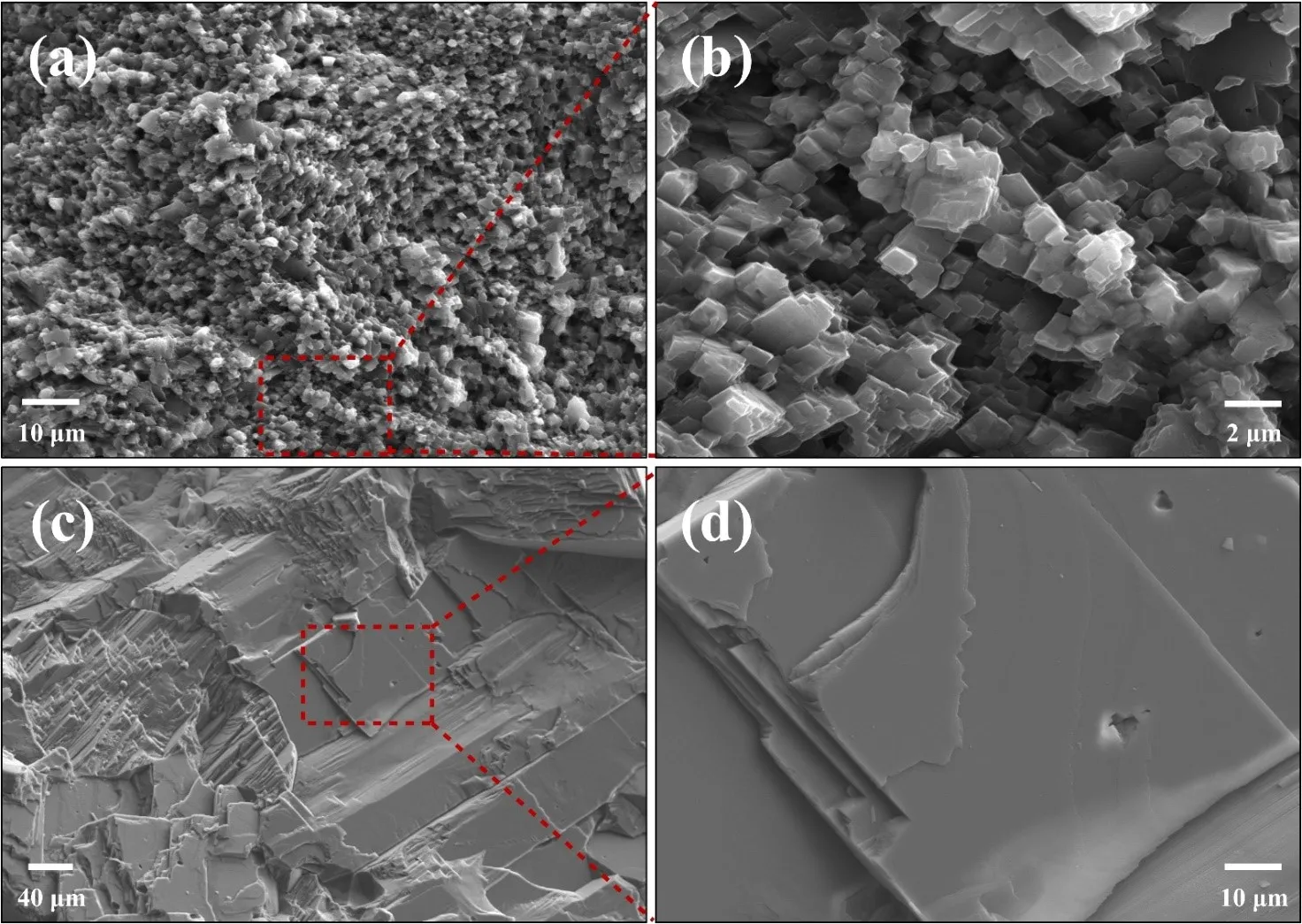
Open Access
Article
12 October 2024Production and Destruction of Plant Organic Matter in Bog Ecosystems in the South of Western Siberia
There are still many gaps in studies of the carbon cycle in northern ecosystems. It is challenging also in the context of climate change. This new study focuses on providing the state of the art data on the dynamics of plant organic matter, namely, the live plant biomass (phytomass), the dead biomass (mortmass), the Net Primary Production (NPP), as well as the rate of decomposition of plant organic matter of the major plant species, contributed to peat deposits. The study was conducted via direct in–situ measurements of different fractions of plant organic matter at a few test sites of oligotrophic pine–dwarf shrub–Sphagnum bogs at a wide geographic gradient (from the middle taiga to the forest-steppe regions in Western Siberia) based on an original methodology of measurements developed by the authors. In general, the five groups of plant species were distinguished in terms of productivity and decomposition rates. The study revealed a strong correlation between the net primary production (NPP) and the rate of decomposition of plant organic matter in pristine northern peatlands: an increase in productivity (NPPs) was basically leading to an increase in rates of decomposition in all plant materials collected in bog ecosystems. The study contributes to a global understanding of patterns and main drivers related to basic set of carbon cycle components in the northern wetland (peatland) ecosystems, their diversity and their spatial distribution.
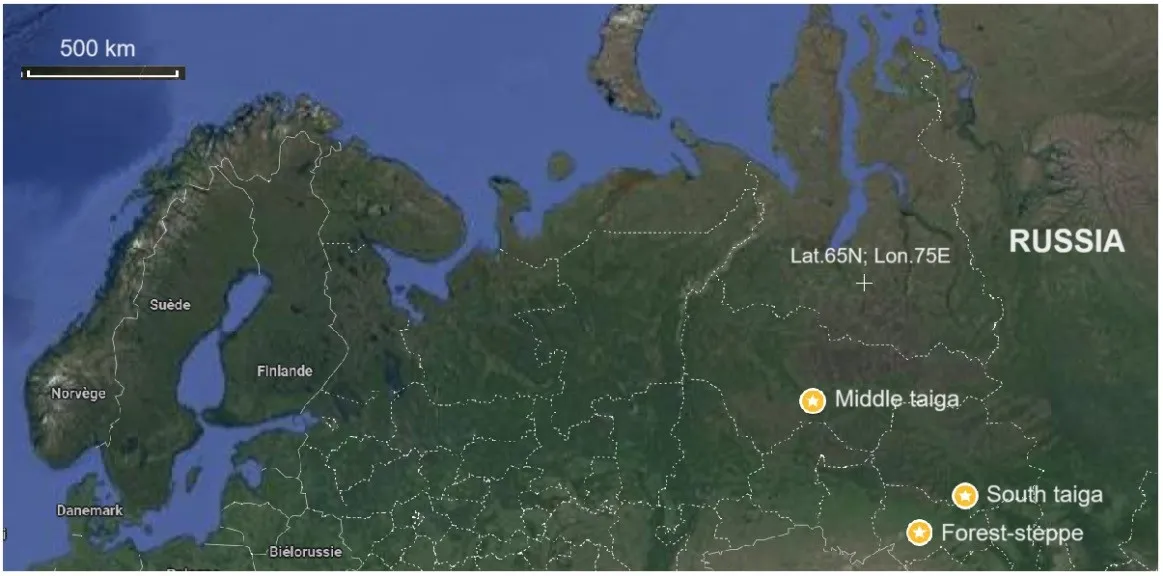
Open Access
Article
11 October 2024Surfactant Protein-C Regulates Alveolar Type 2 Epithelial Cell Lineages via the CD74 Receptor
Deficiency of surfactant protein-C (SPC) increases susceptibility to lung infections and injury, and suppressed expression of SPC has been associated with the severity of acute respiratory distress syndrome (ARDS). Alveolar type 2 epithelial cells (AT2) are critical for maintenance and repair of the lung. However, the role of the SPC in the regulation of AT2 cell lineage and the underlying mechanisms are not completely understood. This study aimed to investigate the mechanisms by which SPC regulates AT2 lineages. Sftpc−/− mice were used to model the SPC deficiency in ARDS patients. We utilized three-dimensional (3D) organoids to compare AT2 lineage characteristics between wild type (WT) and Sftpc−/− mice by analyzing AT2 proliferation, alveolar type 1 cells (AT1) differentiation and CD74 expression, using colony-formation assay, immunofluorescence, flow cytometry, and immunoblots. The results showed that Sftpc−/− mice demonstrated a reduced AT2 cell population. Influenza A virus subtype H1N1 (H1N1) infected Sftpc−/− mice demonstrated reduced AT2 proliferation and AT1 differentiation. Western blot indicated elevated levels of CD74 protein in AT2 cells of Sftpc−/− mice. Colony-forming efficiency was significantly attenuated in AT2 cells isolated from Sftpc−/− mice compared to the WT controls. Podoplanin (PDPN, a marker of AT1 cells) expression and transient cell count significantly increased in Sftpc−/− organoids. Moreover, siRNA-mediated gene silencing of CD74 in AT2 cells significantly increased AT2 proliferation and AT1 differentiation in Sftpc−/− organoids. This study suggests that SPC regulates AT2 lineage in vitro and in vivo. The SPC might influence AT2 lineage during the lung epithelium repair by activating signaling mechanism involving CD74 receptor.

Open Access
Perspective
10 October 2024Conceptual Design of Aerostat-Based Autonomous Docking and Battery Swapping System for Extended Airborne Operation
In response to the ever-growing global demand for Unmanned Aerial Vehicles, efficient battery solutions have become vital. This paper proposes a design and concept of an Autonomous Mid Air Battery Swapping System for Vertical Take-Off and Landing Unmanned Aerial Vehicles. The proposed design integrates Aerial Mechatronics, Lighter than Air Systems, and Digital Modelling by leveraging the innovative concept of aerostats for battery swapping. This adaptive and effective technology paves the way for the next generation of autonomous Vertical Take-Off and Landing, ensuring a longer flight time and range. Modern-day technologies have empowered Unmanned Aerial Vehicles to operate autonomously and be remotely controlled, expanding their utility across diverse industries. The enhanced Vertical Take-Off and Landing capabilities include the ability to dock on an aerostat-mounted system, facilitating seamless battery swapping without human intervention and ensuring extended flight duration and operational flexibility. These advancements promise to broaden the applications of Unmanned Aerial Vehicles across various industries.

Open Access
Review
09 October 2024A Review of Multi-Domain Urban Energy Modelling Data
Urban energy models (UEMs) simulate energy use at the urban scale and are used to inform urban planning, policy development, infrastructure development, and digital twin monitoring and forecasting. Recent technological improvements have spurred interest in large, multi-domain UEMs, which analyse multiple interconnected parts of these energy systems, such as geography, transport, and buildings. Reviews have focussed on single domains or aspects of UEM data. However, multi-domain UEMs require detailed multi-domain data inputs to provide accurate results. This paper provides a comprehensive review of data requirements and a repository of data-specific information for researchers, including data formats, sources, acquisition methods, bridging methods, and challenges. The review was conducted using academic search engines and the authors’ direct research experience. Domains are characterised by Climate, Geographic, Building, Transportation, Demographics, Energy Networks and Consumption, and Distributed Energy Resources. Additionally, challenges common to multiple sectors are identified, and methods for addressing these are proposed. The paper concludes with a series of recommendations drawing from the general and sector-specific challenges. Overall, a large amount of data exists, but their use by urban energy modellers is limited due to lack of coordination and standardisation, and concerns over privacy and commercial interests. Coordinated public effort is required to overcome these limitations and improve the results of UEMs in the future.
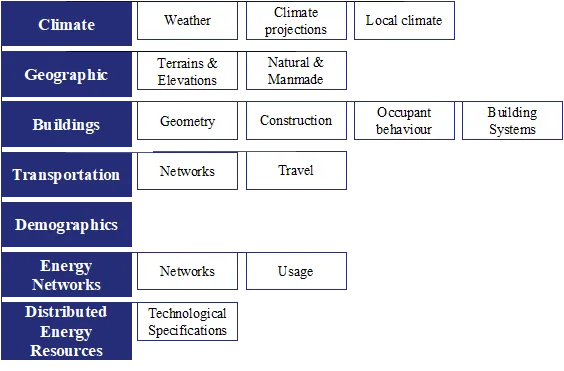
Open Access
Communication
08 October 2024Alterations of T Cell Subsets Associated with Sickle Cell Trait
Sickle cell trait (SCT) has been associated with alterations in various immune-related laboratory parameters including lower circulating lymphocyte counts. To further characterize the impact of SCT on the immune system, we performed flow cytometry of monocyte and lymphocyte immune cell subsets from peripheral blood mononuclear cells collected in a large, community-based cohort of SCT-positive (n = 68) and SCT-negative (n = 959) Black adults. SCT was significantly associated with lower proportions of CD8+ and CD4+ T cell subsets that include senescent-like markers of repeated immune system challenges. These immune alterations could have potential implications for the susceptibility of individuals with SCT to various infectious diseases.
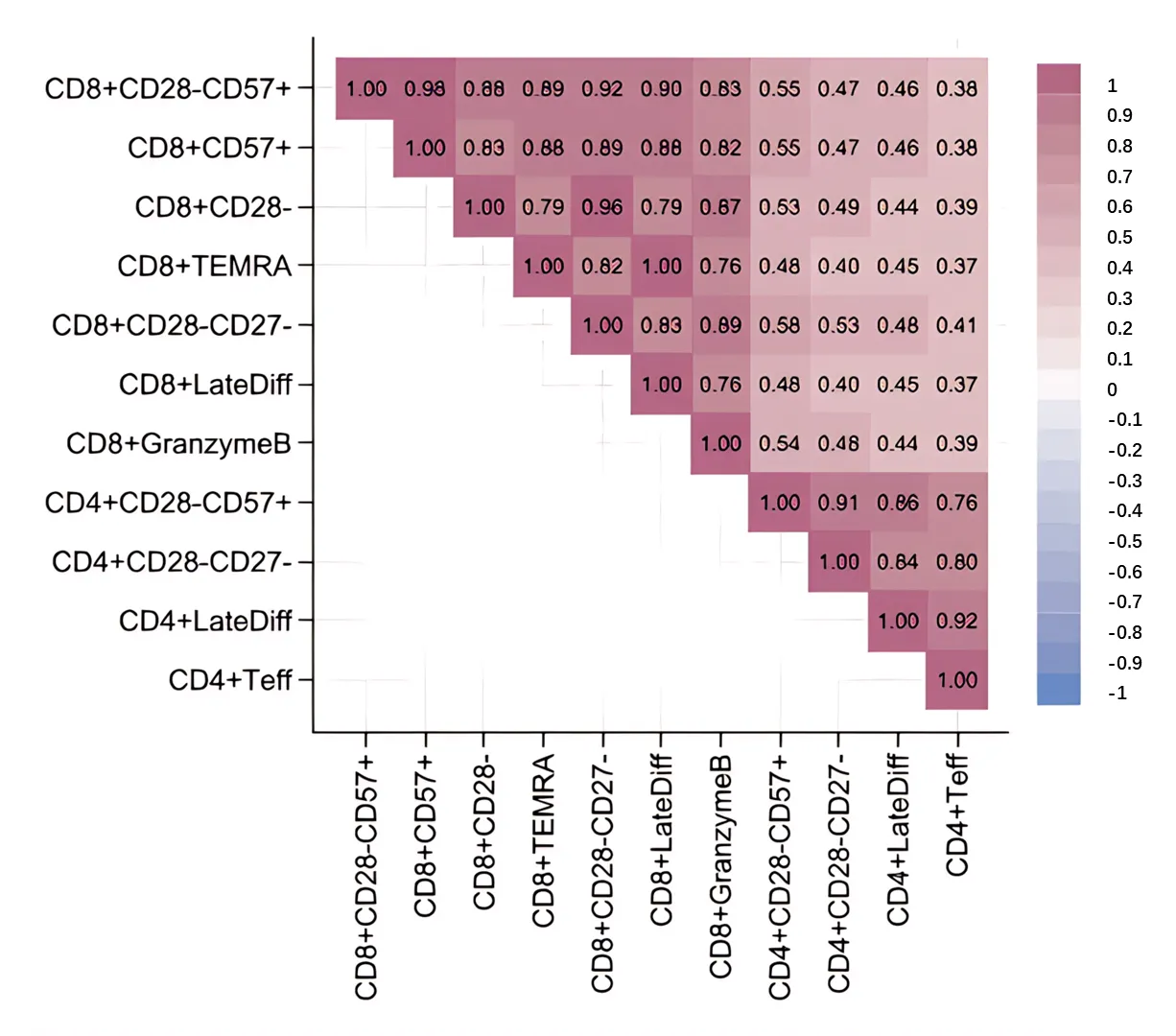
Open Access
Review
30 September 2024Ecological Civilizations—A Development Narrative for the Global South?
We explore possibilities for the ecological civilization imaginary of China to become a sustainable development narrative shared by a growing number of GS nations. We first highlight the influence GS countries had on the evolution of the concept of sustainable development. GS nations’ interest in retaining economic development options, including energy and materials needed for industrialization and economic expansion, will increasingly contradict global environmentalist narratives of the latter half of the 20th century. The adaptation of GS nations to previously untested energy and material futures will depend on experimentation and learning from initiatives primarily designed and implemented by GS governments at the national, provincial, and local levels. If China succeeds in demonstrating practical examples of ecological civilization construction, it will stimulate other GS countries to learn and adapt lessons to suit their own needs. Multi-country arrangements that China has created could serve as forums to refine the ecological civilization narrative as a development alternative to the dualist conservation vs development thinking and practice of the latter half of the 20th century.
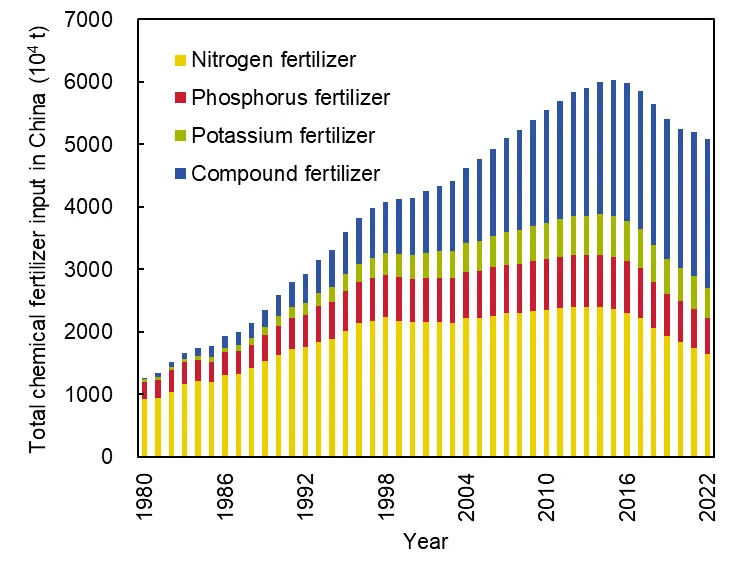
Open Access
Review
30 September 2024The Jerusalem Megalithic Rock Calendar Is an Identical Representation to That Found in Lanzarote Island (Canary Islands, Spain)
We have recently found that a megalithic basaltic rock lunisolar calendar in Lanzarote, Canary Islands (“Quesera or Cheeseboard” of Zonzamas) has almost a twin monument in Jerusalem (Al Quds in Arab). These two unique monuments are on the West and East sides of the Sahara Desert and support the hypothesis of a common “Green” Saharan culture and a later migration of people towards the Atlantic, Mediterranean, Middle East and other areas when desiccation started after 10,000 years BC, thus spreading culture and genes. Traces of this culture can still be found in Iberian rock inscriptions on the Canary Islands and in the Sahara Desert, particularly at Tim-Missaou in Algeria.This is concordant with Usko-Mediterranean languages (Basque and Berber are related and also with Iberian and Etruscan), genetics and other common anthropological traits. In this paper, we analyse the Al Quds-Jerusalem megalithic monument as representing a solar calendar of Egyptian-type (365 days in 1 year) and show how it could be identical to the Lanzarote megalithic calendar (“Quesera or Cheeseboard” of Zonzamas). Both monuments,each crest/channel, are coincidental in each solar month assignment in both Lanzarote and Jerusalem rock calendars representation. Jerusalem’s megalithic calendar was built at least 900 years BC, when it fell out of use. Therefore, it can be assumed that the Lanzarote megalithic calendar was constructed around a similar time, meaning an undetermined period over 2800 years ago.
